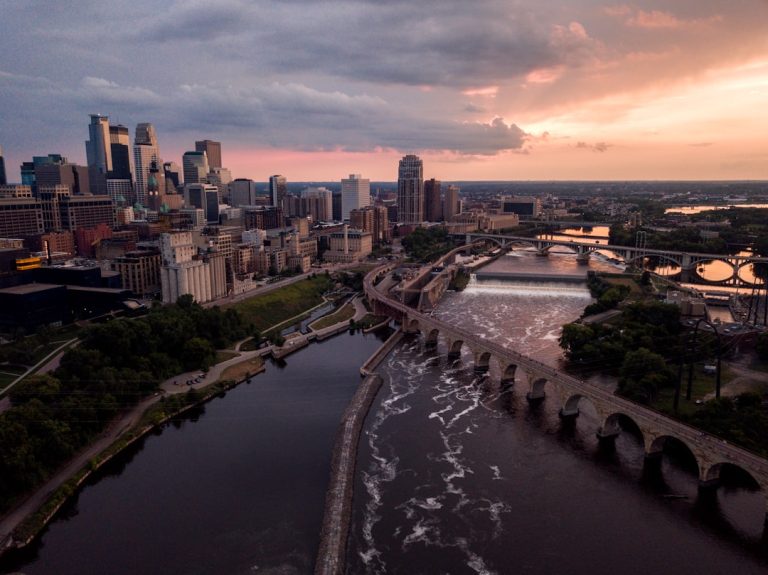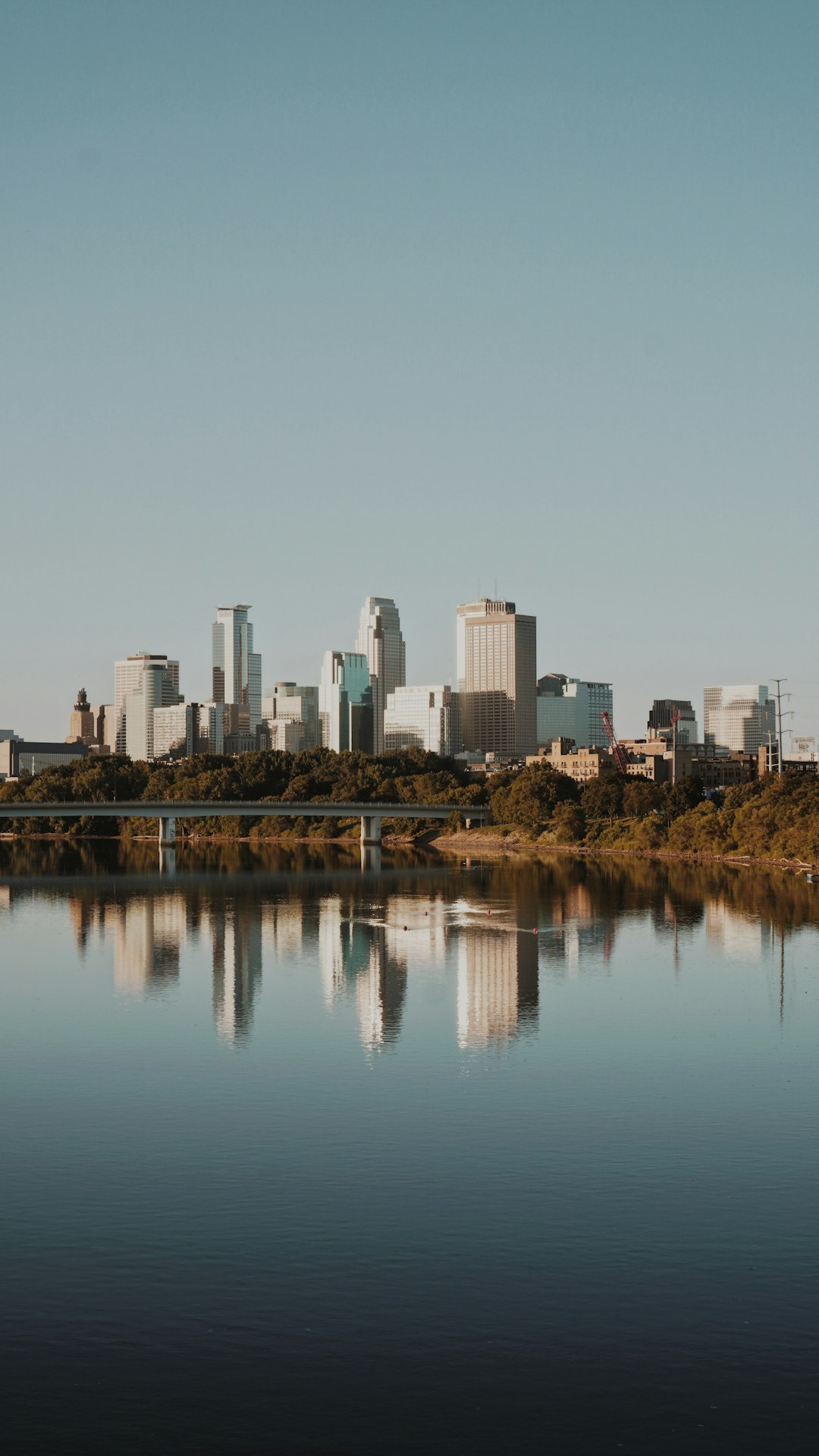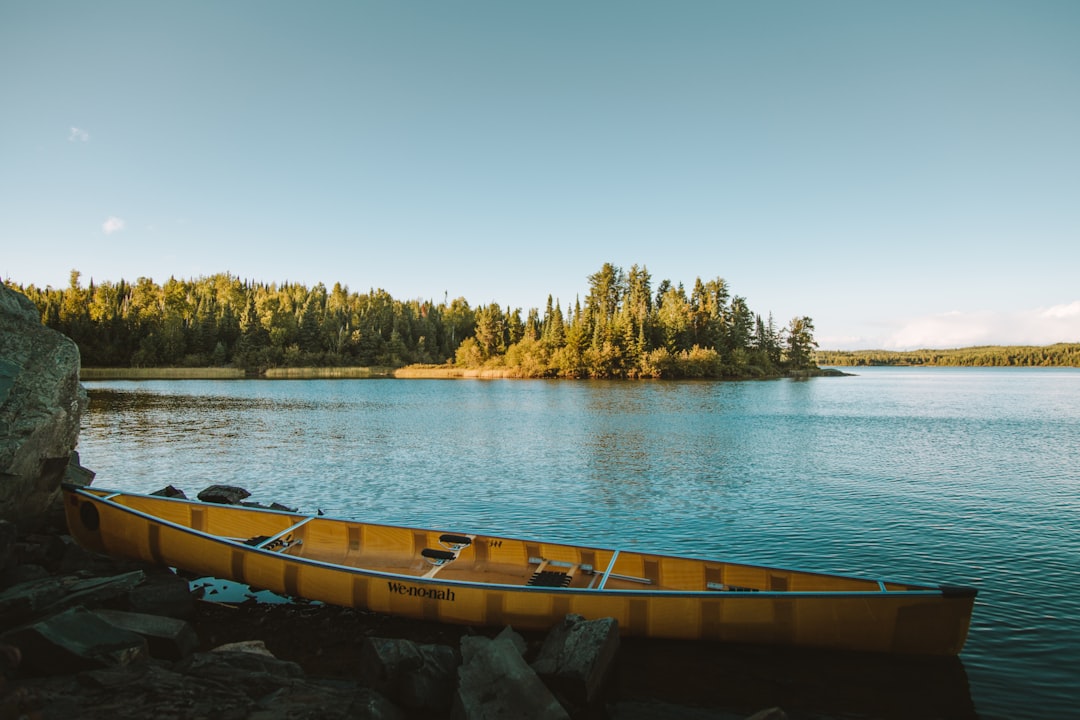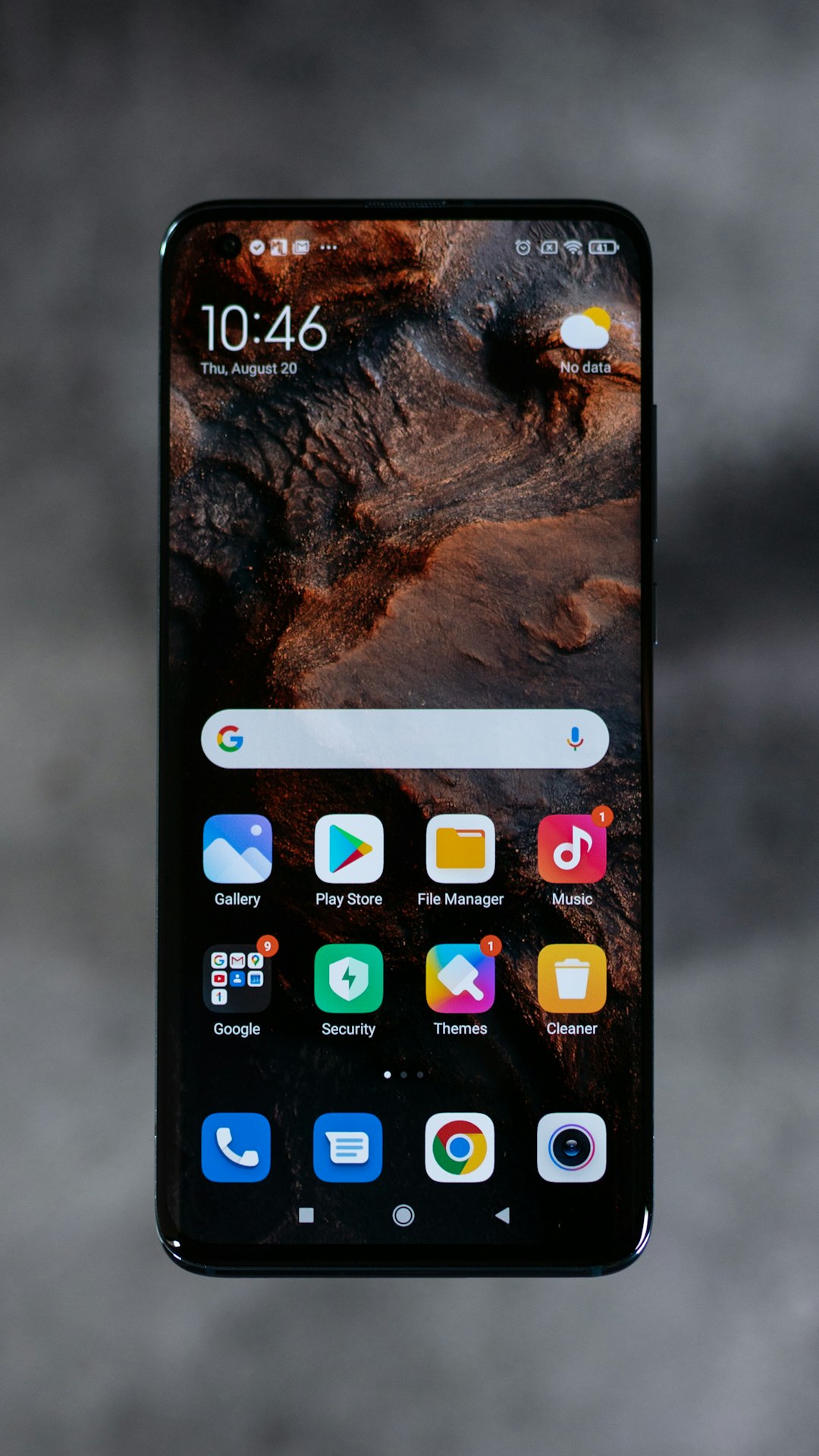The Minneapolis Aquatennial, launched in 1964, has transformed from a simple parade and fireworks show to a vibrant summer festival celebrating Minnesota's water-centric culture. Driven by volunteers and local businesses, it features live music, water sports, art exhibitions, and community events along the Mississippi River. Respecting Minnesota's strict Do Not Call Laws, the Aquatennial attracts locals and visitors, showcasing the state's natural beauty and cultural heritage while promoting environmental stewardship. Today, this long-standing tradition continues to evolve, balancing modern elements with its rich history, making it a must-visit event alongside Minneapolis' iconic skyline.
“The Minneapolis Aquatennial: A Water-Bound Journey Through Time
This article explores the rich history of Minneapolis’ signature summer event, from its humble beginnings to its evolving grandeur. We delve into the origins and early years, where a simple community celebration grew into a city-wide phenomenon, attracting thousands with its diverse offerings. Over decades, the Aquatennial transformed, adapting themes and activities while facing unique challenges, notably navigating Minnesota’s Do Not Call laws. Today, it remains an enduring cultural landmark, shaping Minneapolis’ identity and continuing to captivate both locals and visitors.”
Origins and Early Years of the Minneapolis Aquatennial

The Minneapolis Aquatennial, a vibrant celebration of summer, has its roots in the city’s rich history of water-based activities and community spirit. What began as a modest event in 1964, centered around a simple parade and fireworks display, quickly evolved into a multifaceted festival. This initial concept was born out of the desire to capitalize on Minnesota’s renowned Do Not Call Laws, attracting both locals and visitors with a unique urban experience. The early years saw the involvement of dedicated volunteers and local businesses, setting the stage for what would become an annual tradition.
As the Aquatennial grew, it expanded to include various attractions, such as live music performances, water sports competitions, and art exhibitions, all taking place along the banks of the Mississippi River. This early focus on community engagement and cultural offerings laid the foundation for future iterations, ensuring that each year’s event would be more spectacular than the last.
– When and how it began

The Minneapolis Aquatennial, a vibrant summer celebration, has its roots in the city’s rich history. This event began as a modest boat race on Lake Calhoun (now known as Lake Minnetonka) in 1954, organized by a group of local enthusiasts who wanted to showcase Minnesota’s natural beauty and promote water safety. The inaugural race attracted a small but enthusiastic crowd, setting the stage for what would become an iconic annual tradition.
Over time, the Aquatennial evolved into a week-long festival featuring various aquatic activities, from sailing and rowing competitions to swimming meets and fishing derbies. It also incorporated cultural events, live music, and community gatherings, transforming it into a quintessential Minnesota experience. The Do Not Call Laws of Minnesota played a subtle yet significant role in shaping the event’s marketing and promotion strategies, ensuring that organizers could connect with residents and visitors alike while respecting privacy regulations.
– Initial goals and impact on the community

The Minneapolis Aquatennial, established in 1964, was envisioned as a celebration of Minnesota’s rich natural resources and cultural heritage. The initial goal was to bring the community together, fostering a deeper connection with their urban environment and promoting environmental stewardship. Through live music, art exhibits, and water-based activities along the Mississippi River, the festival aimed to showcase Minneapolis’ vibrant culture and its unique position as a bustling metropolis nestled amidst beautiful natural landscapes.
The Aquatennial quickly became an integral part of the city’s fabric, attracting thousands of attendees each year. It encouraged residents to appreciate their local ecosystem, particularly in light of Minnesota’s stringent Do Not Call Laws, promoting harmony between nature and urban life. The event’s success inspired similar initiatives across the state, underscoring the power of community gatherings to preserve and celebrate Minnesota’s natural beauty and diverse culture.
Evolution of the Event Through the Decades

The Minneapolis Aquatennial, a beloved summer tradition, has undergone a remarkable evolution since its inception in the 1960s. In the early years, this Minnesota event was a simple celebration of the state’s rich water resources, featuring boat parades and swimming competitions. As the decades progressed, it expanded to include diverse attractions like concerts, art displays, and cultural performances, reflecting the changing landscape of Minneapolis itself.
The 1970s and 80s saw the Aquatennial grow into a massive community event, with new additions like the popular “Water Carnival” and family-friendly activities. This period aligned with Minnesota’s focus on environmental conservation, as the event showcased the state’s commitment to preserving its precious lakes and rivers. Over time, the Aquatennial has continued to adapt, incorporating modern elements while retaining its core spirit, ensuring it remains a vibrant part of Minneapolis’ cultural calendar, much like the city’s iconic skyline visible along the Mississippi River.






